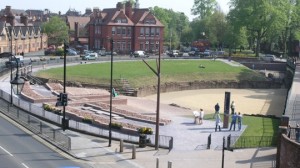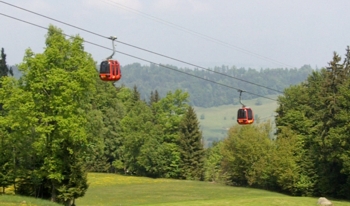This is another in the series of podcasts from our trip in Europe.
Knowing exactly where you are on the earth’s surface is pretty important for most of us, and absolutely vital for airline pilots, surveyors, engineers and cartographers. Early study of location was difficult and inaccurate, hampered by lack of technology we now take for granted, and also by faulty understandings of the earth’s shape and location and movement in space.
I have long wanted to visit Greenwich, in London, to see the place which was designated as one of the ‘starting place’ for measurements on the earth’s surface, and also the reference point for time zones.
Google Map
This map shows the location of the video, and the Prime Meridian:
View Royal Observatory, Greenwich, London, UK in a larger map
Royal Observatory, Greenwich
In 1884, Greenwich was chosen as the place for the ‘Prime Meridian’, the official dividing line between the eastern and western hemispheres, the line of 0° longitude. Of course, the Equator is the equivalent line of 0° latitude, dividing the northern and southern hemispheres.
The Royal Observatory at Greenwich website includes this interesting snippet about the history of the Prime Meridian:
The Greenwich Meridian was chosen as the Prime Meridian of the World in 1884. Forty-one delegates from 25 nations met in Washington DC for the International Meridian Conference. By the end of the conference, Greenwich had won the prize of Longitude 0º by a vote of 22 to 1 against (San Domingo), with 2 abstentions (France and Brazil).
The day we visited we had to drive to Scotland and didn’t have time to go into the observatory. If you have time when you visit London, I recommend a visit to this iconic location on our planet.



